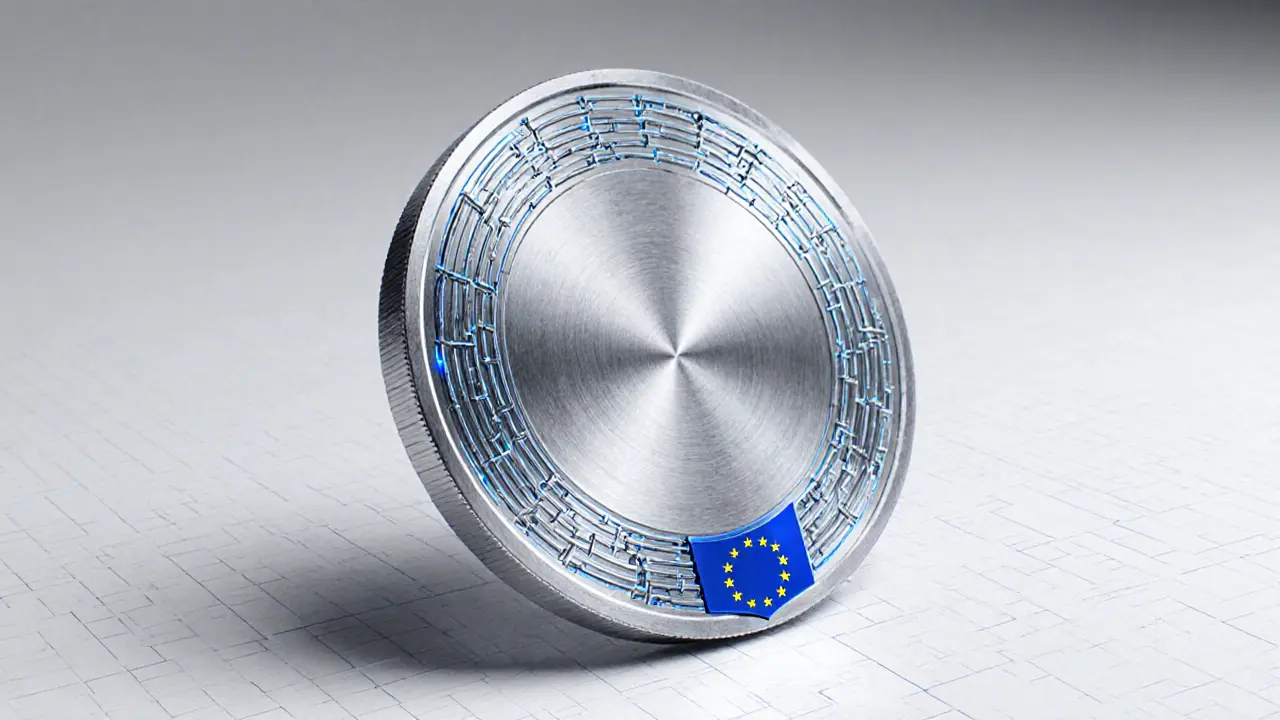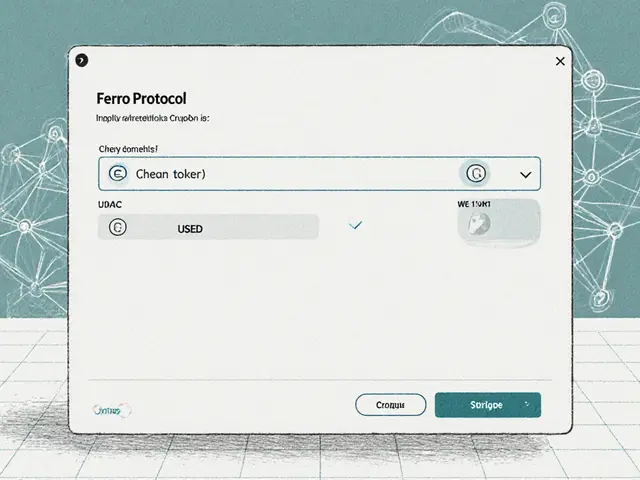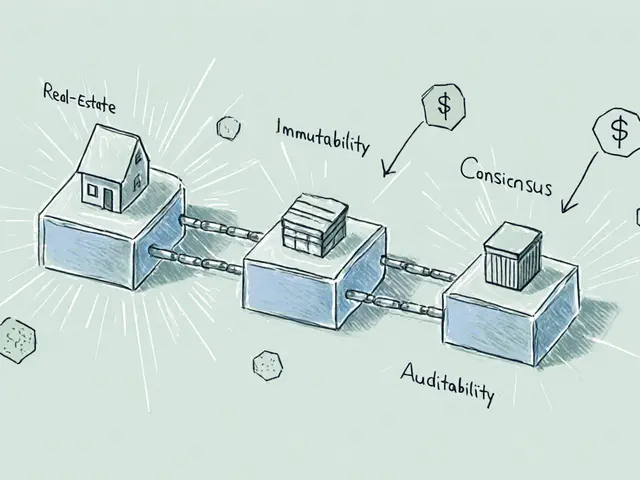EU Stablecoin Restrictions: What You Need to Know
When dealing with EU stablecoin restrictions, the European Union’s set of rules governing the issuance, distribution, and supervision of stablecoins across member states, you’re looking at a legal framework that aims to protect consumers while fostering innovation. These rules emerged from the Markets in Crypto‑Assets Regulation (MiCA) and focus on transparency, capital reserves, and consumer protection. In simple terms, a stablecoin that wants to operate in the EU must meet strict reserve‑backing requirements, undergo licensing, and comply with anti‑money‑laundering (AML) standards.
Closely tied to this are several other entities. stablecoins, cryptocurrencies pegged to a fiat currency or asset to reduce volatility are the core financial product affected. MiCA, the EU’s comprehensive regulatory package for crypto‑assets provides the legal backbone, dictating licensing procedures and capital requirements. AML/KYC regulations, rules that require verification of users and monitoring of transactions to prevent illicit activity are enforced on stablecoin providers to ensure funds aren’t used for money‑laundering. Finally, the European Central Bank (ECB), the EU’s central monetary authority overseeing financial stability plays a supervisory role, especially for stablecoins that claim to be fully backed by euros.
How the Pieces Fit Together
EU stablecoin restrictions encompass licensing, reserve transparency, and consumer safeguards. EU stablecoin restrictions require issuers to hold assets in a segregated account that matches the stablecoin’s circulating supply, creating a one‑to‑one link between the token and its underlying euro or other fiat. This requirement is a direct result of MiCA, which mandates that stablecoin issuers obtain a passport‑style license from a national competent authority before operating in any EU country. The regulation also forces issuers to publish regular audit reports, giving users a clear view of the backing assets.
MiCA influences EU stablecoin restrictions by setting a uniform standard across all member states, eliminating the patchwork of national rules that previously existed. As a result, cross‑border payments become smoother, and fintech firms can launch stablecoin services with a single license. AML/KYC regulations tie into this framework by obligating issuers to implement robust identity checks and transaction monitoring, reducing the risk of the stablecoin being used for illicit purposes. The ECB’s oversight ensures that any stablecoin claiming euro‑backing actually contributes to monetary stability rather than undermining it.
These rules have tangible effects on the market. Projects that fail to meet reserve requirements often face penalties or are forced to halt operations, while compliant issuers gain credibility and attract institutional investors. For traders, the clear legal environment means less uncertainty when moving funds between fiat and crypto, and for consumers, it means better protection against sudden de‑pegging events. The regulatory landscape also spurs innovation: companies are building transparent custodial solutions and real‑time audit tools to meet MiCA’s reporting standards.
Looking ahead, the EU plans to tighten oversight on cross‑border stablecoin flows, especially as the digital euro rollout gathers pace. Expect more detailed guidance on how stablecoins can interact with the upcoming digital euro platform, and watch for updates on how AML thresholds might shift as transaction volumes grow. For anyone involved in issuing, investing, or using stablecoins in Europe, staying on top of these evolving requirements is essential.
The articles below dive deeper into specific aspects of EU stablecoin restrictions, from licensing steps and reserve audits to the impact of MiCA on DeFi platforms and cross‑border payment use cases. Whether you’re a developer, regulator, or everyday user, the collection offers practical insights to navigate the new regulatory terrain.
EU Stablecoin Restrictions 2025: How MiCA Impacts USDT & Other Tokens
Learn how MiCA's EU stablecoin restrictions affect USDT and other tokens, what CASPs must do, and how to stay compliant in 2025.
View More




